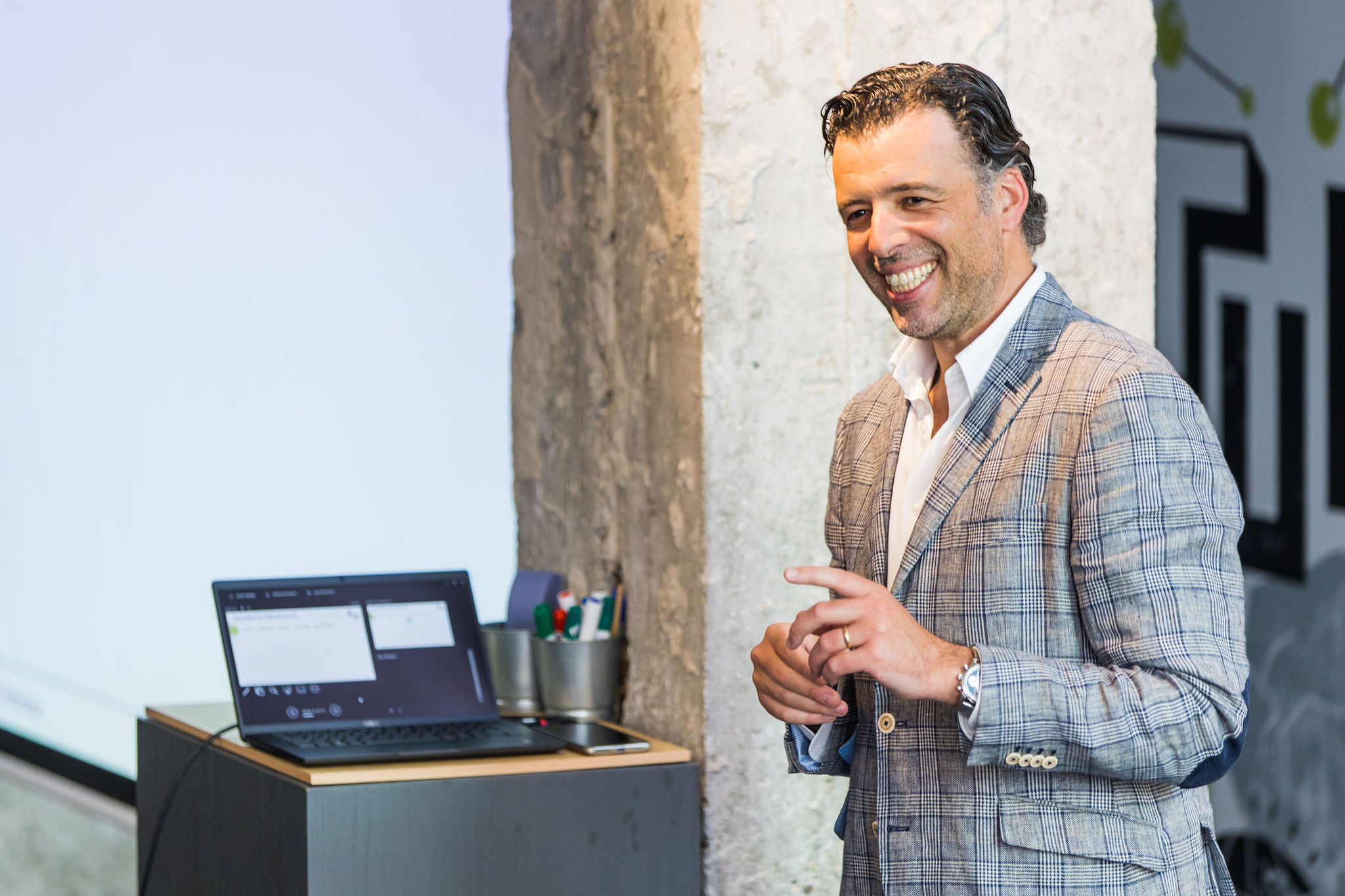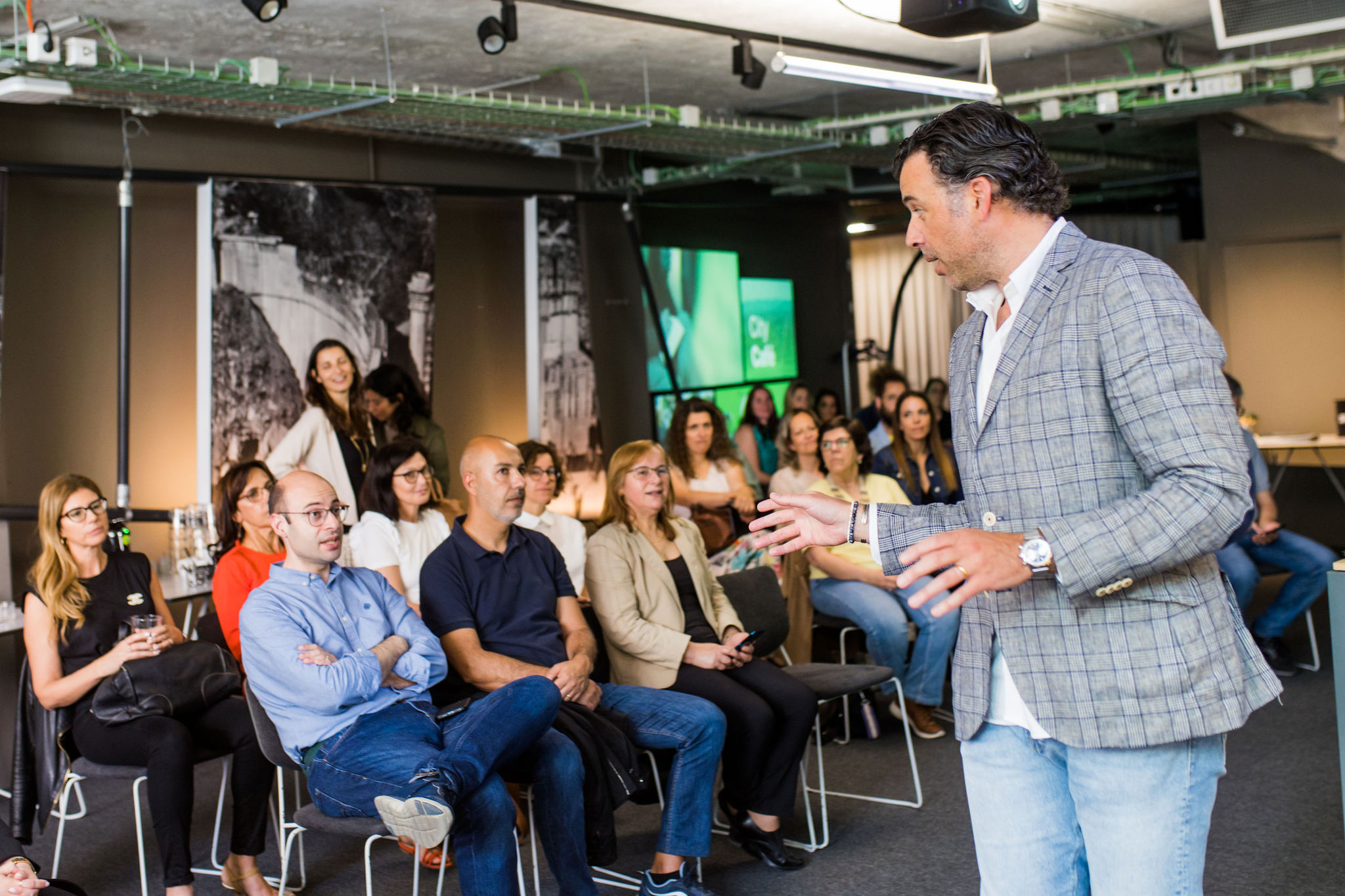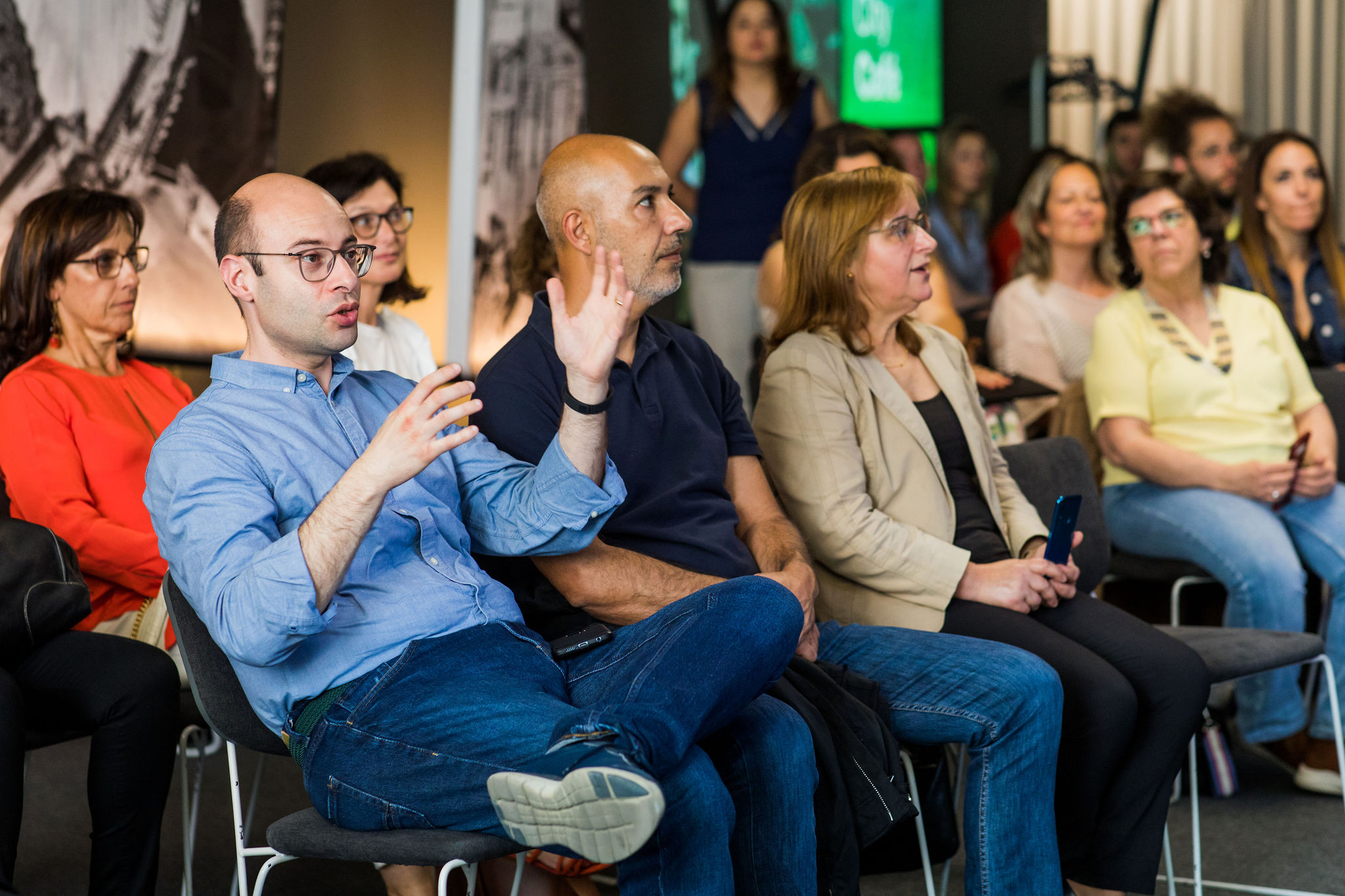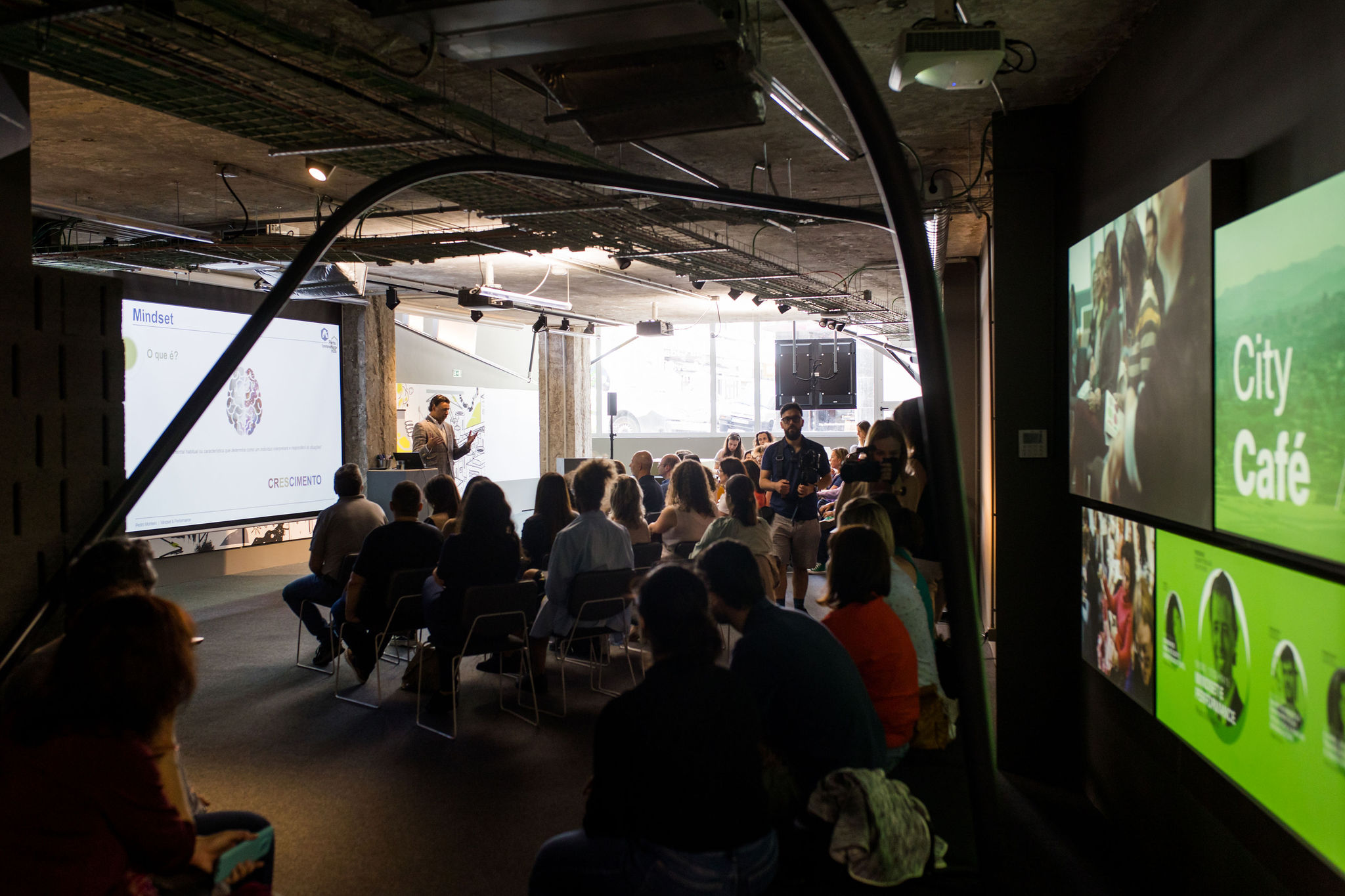Pedro Monteiro presented Lean Thinking for Operational Excellence at PIH
In today’s fast-paced and competitive business landscape, operational excellence has become a critical aspect for companies striving to stay ahead of the curve. Isn’t it the relentless pursuit of improvement, efficiency, and innovation what drives organizations to thrive and succeed?
Recently, we had the privilege of attending a captivating talk by Pedro Monteiro, an Operational Excellence Manager at a global company that produces a line of precision and specialty-controlled motion components (Allied Motion). With a strong passion for lean methodologies, Pedro has been making significant contributions not only within his professional role but also through his side projects, The Lean Mag and the Projecto SONAR. During his talk, Pedro shared valuable insights on his experiences, beliefs, and even on his motto: “Lean is ordinary.”
According to Pedro Monteiro, Lean Thinking is a powerful methodology that has gained widespread recognition. It can be defined as a mindset that fosters a culture of operational excellence and drives organizations towards continuous improvement and customer-centricity. In this talk, the key principles and tools of Lean Thinking were explored, uncovering its connection to Operational Excellence, and showing how it can lead to tangible benefits for businesses.
At the heart of Lean Thinking lies the power of mindset – a mental attitude that determines how individuals interpret and respond to situations. There are two main types of mindsets: Fixed and Growth. The Fixed mindset is resistant to change, while the Growth mindset embraces challenges and actively seeks improvement.
In the context of Lean Thinking, a Growth mindset is vital. In fact, organizations that encourage a Growth mindset among their employees are better positioned to drive continuous improvement, innovation, and adaptability.
Operational Excellence is a mindset that focuses on performance excellence in an organization. It involves the application of specific principles and tools to optimize processes, eliminate waste, and deliver value to customers consistently. In that sense, Lean Thinking is instrumental in achieving Operational Excellence.
Pedro Monteiro highlighted the key principles that constitute the foundation of Lean Thinking:
- Excellence: Striving for excellence in all aspects of the organization’s operations.
- Organization: Building a collaborative and empowered organizational culture.
- Improvement: Emphasizing continuous improvement in processes and products.
- Value: Identifying and delivering value to the customer.
- Customer: Placing the customer at the center of decision-making.
- Flow: Creating smooth and efficient workflows that minimize waste.
The Lean Approach in Practice
As stated above, to put Lean Thinking into practice, organizations can adopt various tools and methodologies, some of which include:
- Lean: Eliminating waste by optimizing processes and resources to create value.
- Kaizen: Fostering a culture of small, incremental improvements in daily operations.
- Agile and Scrum: Applying flexible and iterative approaches, particularly prevalent in IT and software development.
- Six Sigma: Implementing structured problem-solving methodologies with a focus on reducing defects and variations.
- Just-in-Time (JIT) and Jidoka: Streamlining production and ensuring quality at the source to avoid overstocking and defects.
One of the most prominent examples of Lean Thinking in action is Toyota. The company has even exemplified the three fundamental principles of Lean Thinking:
- Stability, Continuous Improvement, and Standard Work: Toyota emphasizes the need for stable processes and encourages a culture of continuous improvement while adhering to standard work practices.
- Just-in-Time and Jidoka: Toyota is renowned for its “just-in-time” production system, which aims to produce only what is needed, precisely when it is needed, reducing waste and costs. Additionally, the concept of “jidoka” empowers both workers and machines to detect deviations and stop production if defects are identified.
- High Quality, Low Cost, Short Lead Time: By focusing on high-quality production, Toyota has achieved cost efficiencies and shortened lead times, ensuring customer satisfaction.
The Seven Deadly Sins of Waste
In Lean Thinking, waste is anything that does not add value to the customer. And Pedro stressed the seven deadly sins of waste that organizations must eliminate to optimize their processes:
- Transport: Unnecessary movement of information, products, or materials.
- Inventory: Excess inventory that ties up resources.
- Traveling: Unnecessary movement of people or equipment.
- Defects: Any mistakes or defects that require rework.
- Waiting: Idle time caused by delays in the process.
- Overprocessing: Doing more than what is required or providing excessive features.
- Overproduction: Producing more than the customer demands.
Benefits of Lean Thinking and Operational Excellence
Implementing Lean Thinking and achieving Operational Excellence can yield several significant benefits for businesses. For example, it leads to business growth and customer satisfaction, more efficient processes, higher quality standards, engaged and participative employees and cost optimization.
In conclusion, Lean Thinking is a powerful approach to achieve operational excellence and continuous improvement in organizations. By adopting a growth mindset, implementing lean principles and tools, and eliminating waste, businesses can enhance their performance, deliver value to customers, and stay ahead in today’s competitive landscape. Lean Thinking is a journey of commitment and dedication, one that can lead to remarkable results and a sustainable future for any organization willing to embrace it. This session was a great departure, but we hope that those who attended it can now continue the journey in their own organizations.









